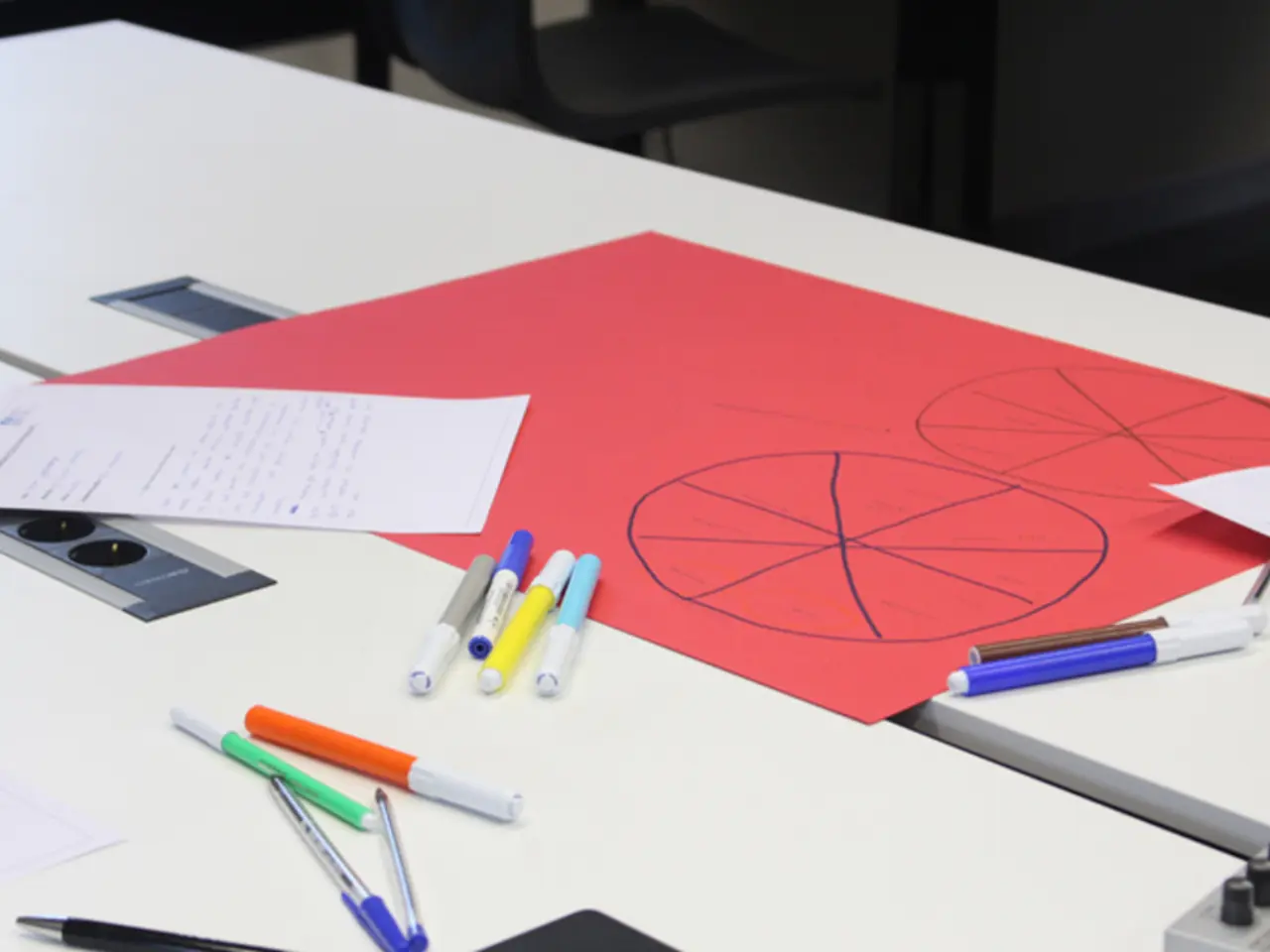Brain Hacking Through Daily Routines: Unveiling their Manipulative Impact
In the intricate dance of human behavior, a key player is the habit loop. This loop, consisting of a cue, routine, and reward, governs the automatic nature of our actions [1][3][5].
The cue, acting as a trigger, can be a time, place, emotion, or sensation that activates a craving for the reward that the routine usually delivers. This craving motivates us to perform the routine, which then results in the rewarding feeling that reinforces the habit [1].
Interestingly, approximately 60% of these triggers stem from environmental cues rather than internal motivation [2]. It's no wonder then that 43% of our daily actions are not conscious choices but automated behaviors [3].
As habits form, brain activity migrates from the prefrontal cortex to the basal ganglia, allowing behavior to occur on autopilot without conscious thought [4]. The craving, acting as the "glue" holding the habit loop together, creates a strong linkage between the cue, routine, and reward that cannot simply be unlearned once established [1].
However, the good news is that the loop can be modified by changing the routine while maintaining the same cue and reward, which forms the basis for effective habit change [1]. Research suggests two strategies for this:
- Identifying and manipulating cues and rewards: By becoming aware of what triggers the habit (cue) and what satisfaction it provides (reward), individuals can consciously replace an unwanted routine with a healthier or more productive one, preserving the cue and reward to satisfy the underlying craving [2][5].
- Harnessing neuroplasticity through "notice, shift, rewire": This technique involves noticing the habitual response, shifting behavior to a new routine, and rewiring brain pathways over time to form new habit loops. This process relies on the brain’s capacity to change itself, allowing old patterns to be replaced with new ones despite the brain’s natural negativity bias and resistance to change [4].
Modern digital environments, with their precise understanding of brain function, leverage these mechanisms to create compulsive usage patterns [6]. However, understanding the habit loop also offers us the power to change our habits, making conscious choices and fostering a more balanced and productive lifestyle.
References:
[1] Lally, P., van Stralen, M., West, R., & Treasure, J. (2010). How are habits formed: Modelling habit formation in the real world. European Journal of Social Psychology, 40(6), 998-1009.
[2] Duhigg, C. (2012). The Power of Habit: Why We Do What We Do in Life and Business. Random House.
[3] Wood, W., Madden, N., & Neal, D. (2009). Habits and the self: Automaticity, intention, and the volitional mind. Perspectives on Psychological Science, 4(3), 223-236.
[4] O'Reilly, R. C., & Mueller, B. J. (2010). Neuroplasticity and individual differences in learning. Trends in Cognitive Sciences, 14(10), 445-452.
[5] Goldstein, N. G., & Gross, J. J. (2010). Does habitual behaviour reduce the need for self-control? Journal of Personality and Social Psychology, 98(3), 496-509.
[6] Fogg, B. J. (2003). Persuasive technology: Using computers to change what we think and do. Morgan Kaufmann.
Incorporating technology into health-and-wellness routines can be a strategic approach for modifying unwanted habits. By harnessing the understanding of brain function promoted by technology, individuals can leverage techniques like "notice, shift, rewire" to replace unhealthy habits with healthier ones, emphasizing the importance of mental health [4, 6].
Science reveals that mental health significantly benefits from addressing habits, as our daily actions are often automated, and habit loops can affect various aspects of our lives, including mental health [1, 3, 5]. By understanding and consciously changing these loops, we can foster a more balanced mental state and promote overall well-being.




